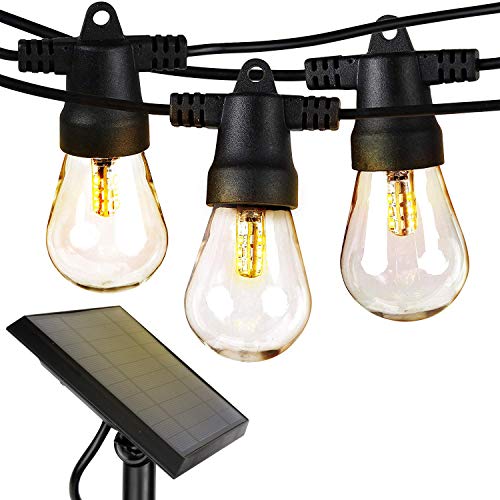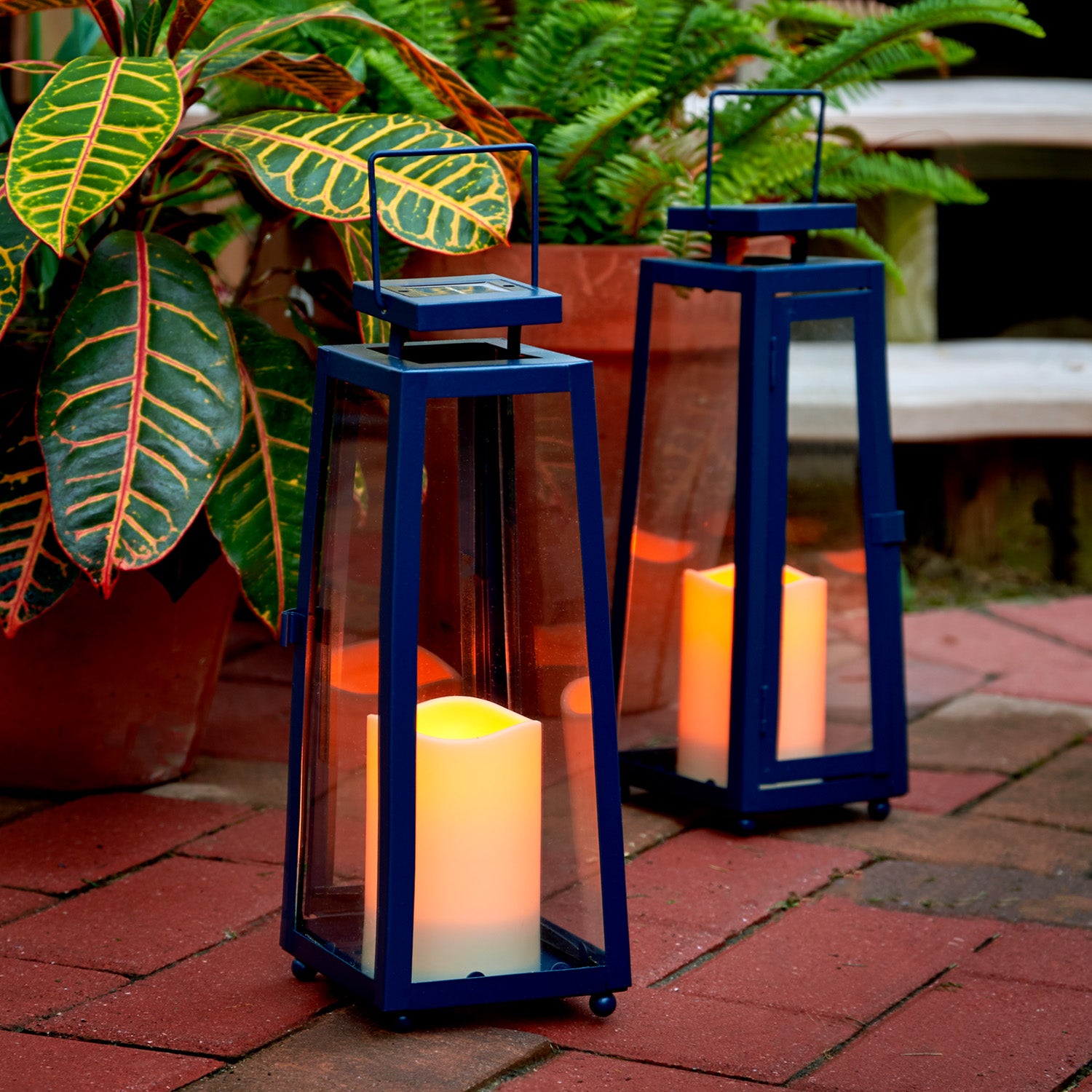Deck lighting mistakes – decking experts reveal 7 common missteps and how to avoid them
Avoid these deck lighting mistakes to achieve a cozy yard
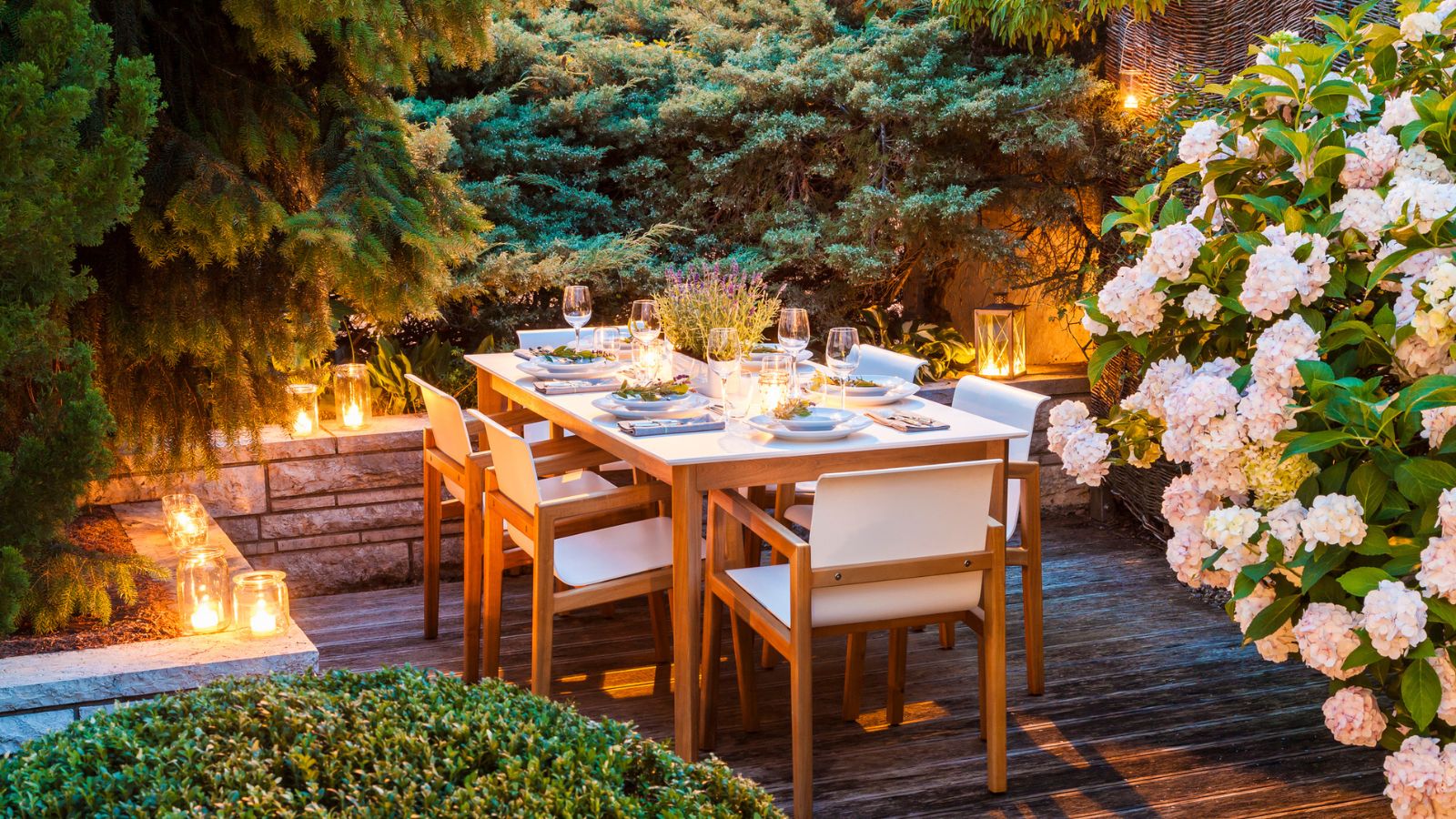

Decking is the perfect garden feature for relaxing. A good deck is a natural place to host dinners and drinks and take in views of the whole yard.
However, as we head into winter and it gets darker earlier, many of us are finding that lighting a deck can be tricky. Getting the right balance of lights is often hard; you want to create a relaxing atmosphere, but at the same time you need bright, practical lighting.
I spoke to decking experts about the most common deck lighting mistakes they've seen in their careers. They gave me seven common mistakes - and how to avoid them.
1. Only using one type of lights
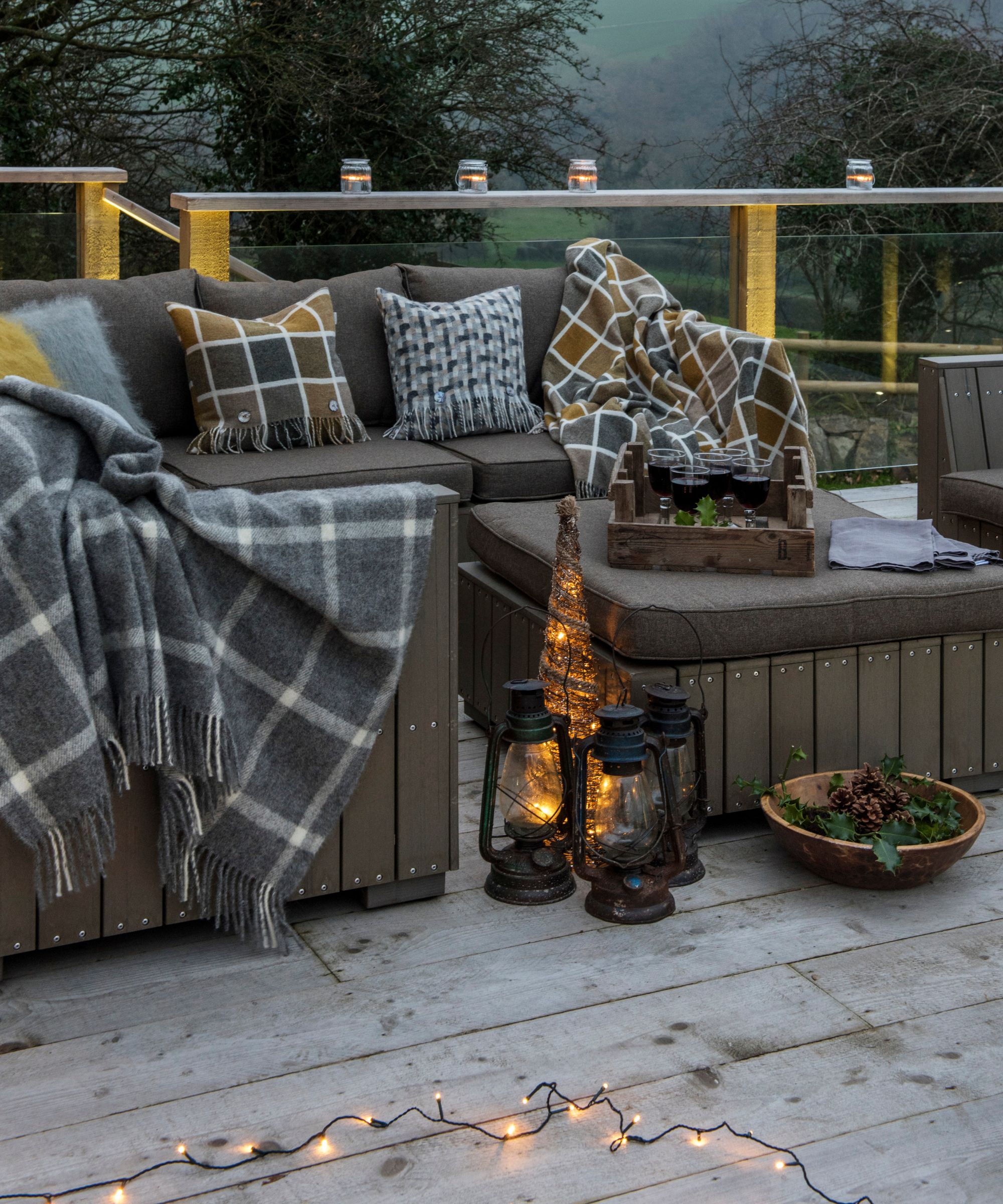
The biggest mistake the experts see is to only rely on one type of light. Only using well lights or string lights is a little boring, and limits the utility of your lights. If you don't have some string lights for ambiance as well as practical lighting, the deck won't be as inviting or easy to use.
Decking and paving expert Cassi Hallam told me 'We've found that the best way to illuminate your deck is to combine several different types of light fixtures. For example, we usually recommend post cap lights, downlights, and recessed deck lights on flooring or stairs to enhance safety, illuminate walkways, and allow guests to comfortably hang out after dark without being disturbed by glaring overhead lights.'
Decking expert Joe Ciszek agrees. He told me 'There are a variety of deck lighting options you can choose from, but it all really depends on your style and needs. You can choose from post cap lights, under rail lighting, side stair lights, post dome lights, and flush deck lights, to name a few.'

Cassi is head of marketing at System pavers, an outdoor living company specializing in hardscapes and decking.
Joe is a product manager at Barette outdoor living, a company which sells decking, fences, paving, and other outdoor living products.
2. Using dim lights
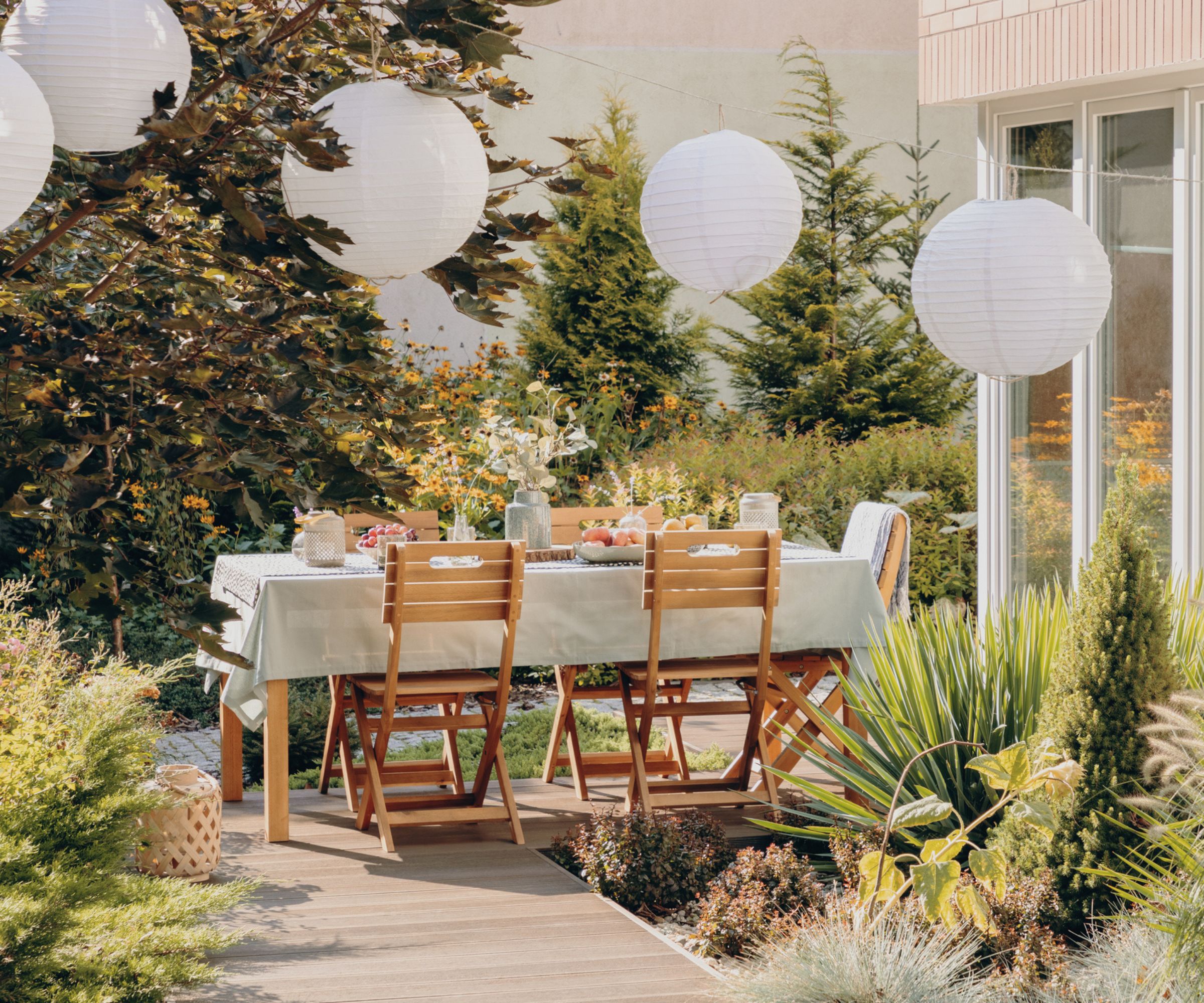
The experts also say that many people make their deck lighting slightly too dim. Many people aim to make gentle, cozy lighting, but this makes for a deck that's too dark to use.
Cassi Hallam says 'You want your deck lighting to create a soft, welcoming feel. Generally, it should be bright enough to see but not so bright that it overpowers the ambiance of spending an evening outdoors. LED deck lights between 100-300 lumens usually work well for pathways and railings, adding just enough light to enhance safety while keeping things cozy.'
Expert Joe Ciszek agrees and suggests staying away from solar lights in favor of LEDs. 'While solar lights are easier to install (no wires), but they do not give off the same level of brightness as wired LED lighting.'
LEDs have the added bonus of versatility. Joe adds that 'LED lighting can be controlled using your cell phone to regulate the brightness/warmth of the light or even the colors for different occasions and settings.' Cassi agrees. 'For maximum versatility, consider installing dimmable lighting systems. That way, you can adjust the brightness based on what you're doing. If you're hosting a party, your deck should be brighter than when you are enjoying a quiet evening with family outdoors.'
3. Adding mismatched, cold colors
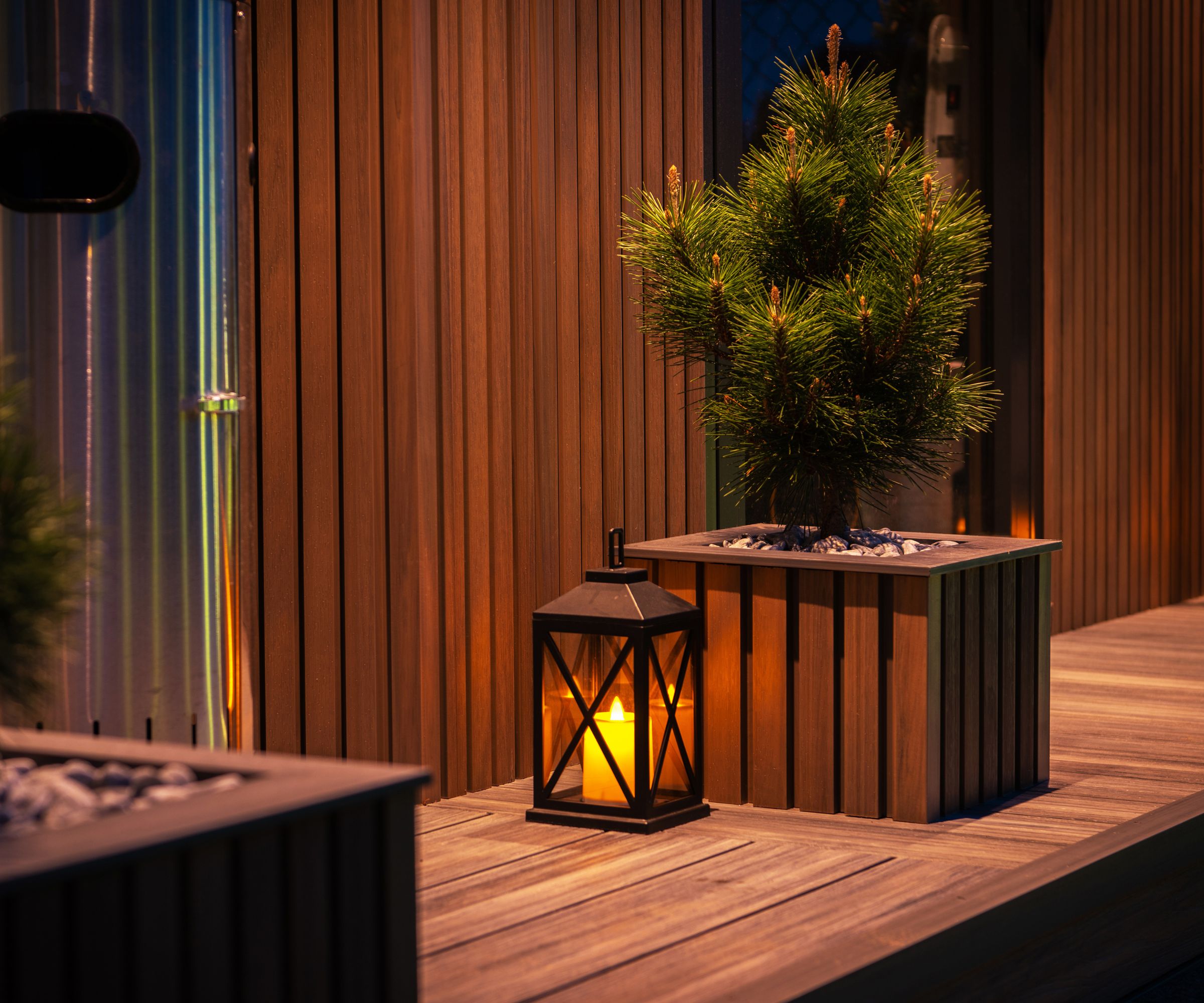
When lighting a deck, use warm, amber-toned lights. These work best with the color of the wood on the deck. Whiter lights can look a little incongruous with this material, as though you're using office or hospital lighting at a campsite.
Cassi Hallam says 'We typically work with composite decking, which has a warm, natural wood look. Lights in warm white are perfect for deck lighting because they create a cozy, welcoming atmosphere and blend well with the natural look of a deck. Cooler-toned lights can look harsh unless installed with precision and care.'
Most importantly, once you decide on your color tone, stick to it. Joe Ciszek says 'Matching the color between lights is an important consideration, as some people don’t want to see cooler and warmer lights mixed in the same area.' So, while you should use a range of different kinds of light, try to keep them all the same sort of color.

I've tested these solar lights for years and they still work. After dozens of months of wind and snow, these still switch on at the same time every night - just don't use them for practical lighting.
4. Placing lights in obvious sight lines
The goal of good landscape lighting is to hide the light fixture. You don't want an obvious bulb, but for the light to diffuse over the space as though it doesn't have a source. This isn't always possible with deck lighting, because the primary goal is light for safety, so you will probably see the fixtures for step and handrail lighting.
However, if you can, direct your lights away from people's line of sight. Joe Ciszek says 'You also need to consider the placement of the lights to avoid having bright lighting within people’s line of sight.'
Few things can ruin a meal like a light shining into someone's eyes. When positioning your lights, try to avoid having any at head height, and check all the possible seating locations to ensure no lights shine into your guests' eyes.
5. Adding too many string lights
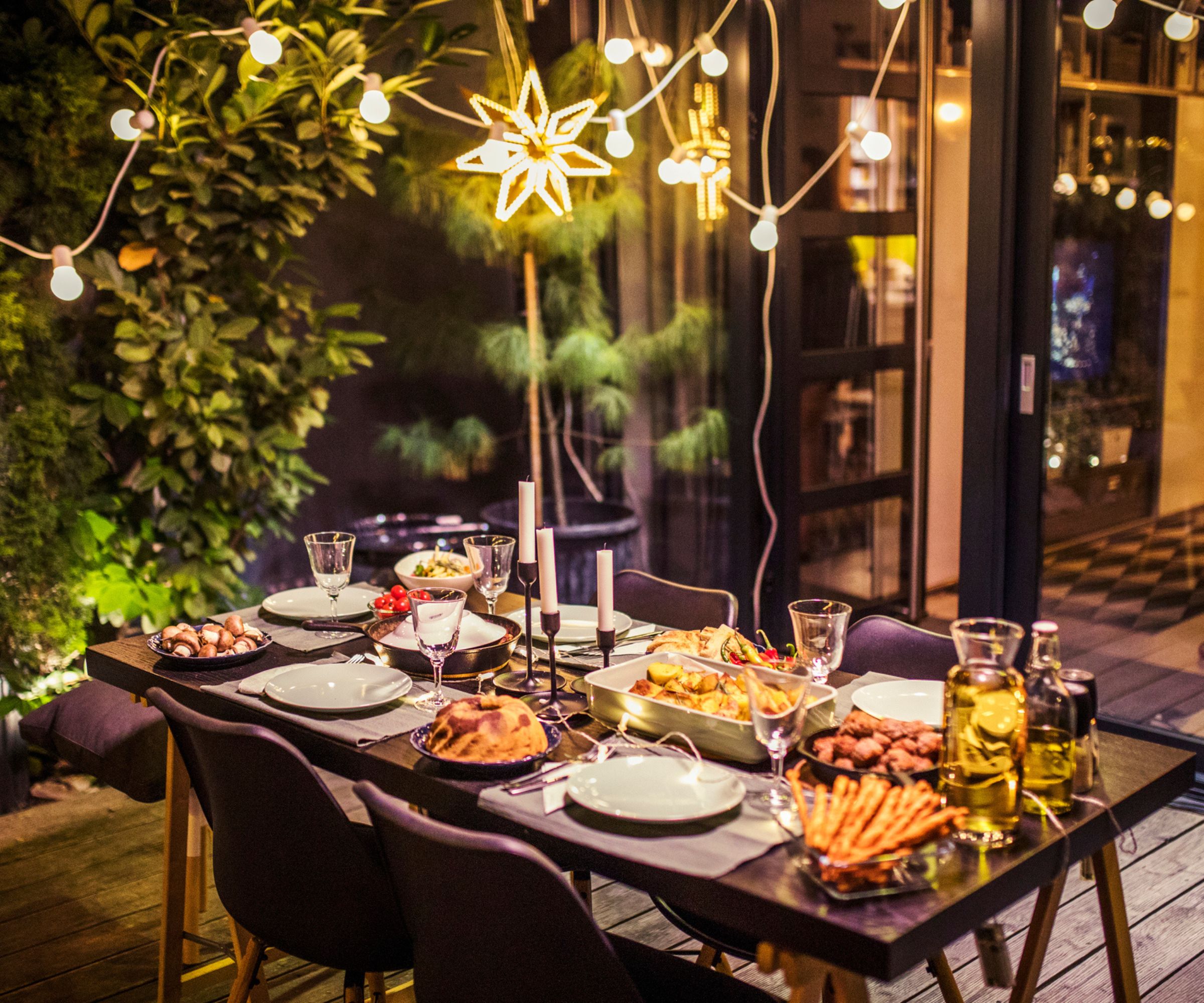
We have an undying love for string lights at H&G, but they're becoming a little played out. Cassi Hallam warned me to keep the string lights to a minimum for safety and style.
'With a cheerful look that's eye-catching in social media posts, string lights have become increasingly popular in recent years,' says Cassie. 'However, they can look passé if overdone and can create a safety issue if used as the sole light source for your deck.'
That said, don't throw your string lights out yet. Cassi says 'It's best to use string lights as accent lighting alongside more structured options like deck rail lights for maximum safety and practicality. Today's trends are leaning toward creating a layered, balanced lighting effect by combining string lights with more permanent options.'
6. Underspending on lights that don't last
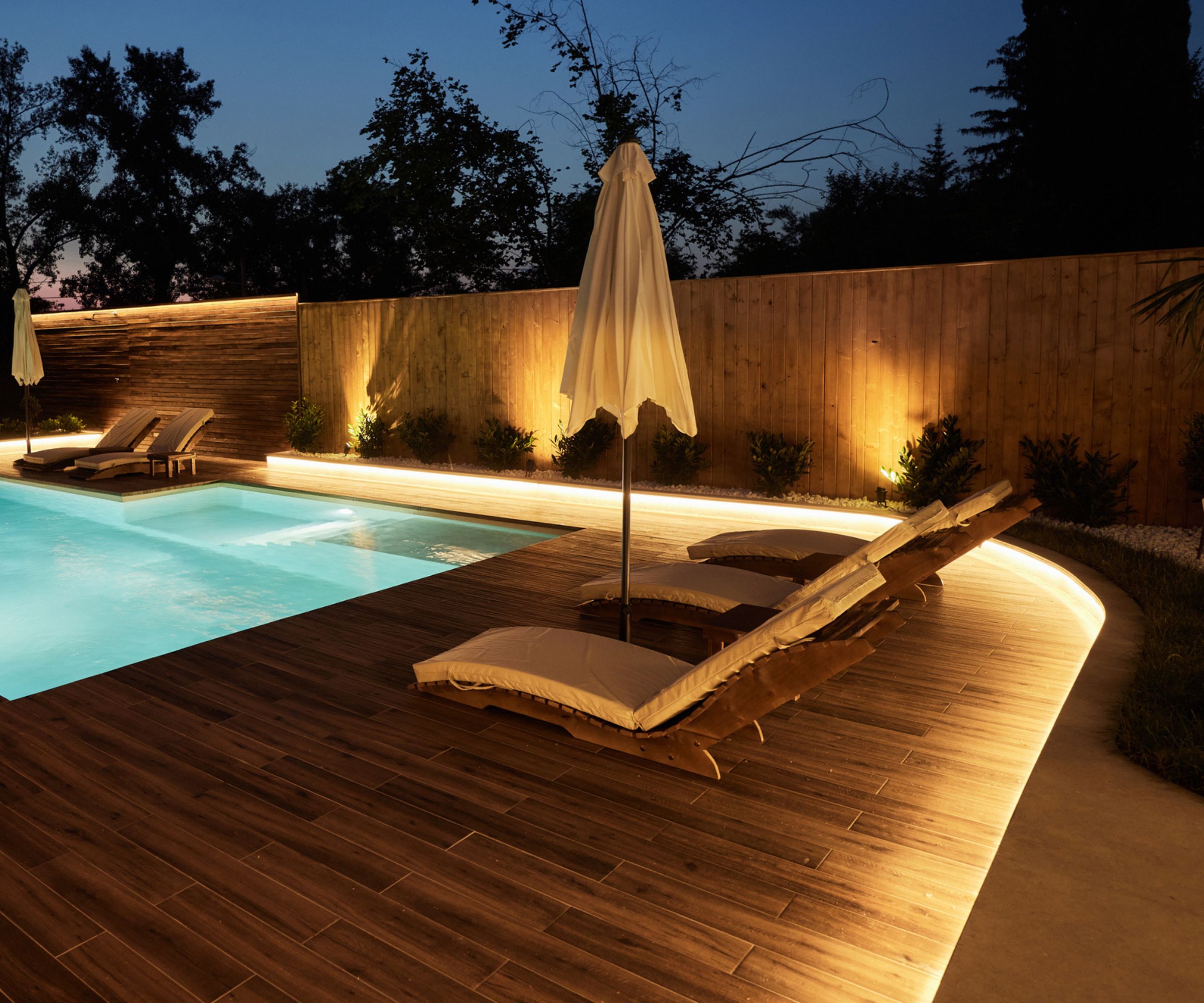
Spend as much as you can on your deck lighting. Poor deck lighting can become an ongoing problem. Cassi told me that underspending on lights can mean higher costs in the long run, and an unending project of updating and fixing poor-quality lighting.
'While DIY lighting may be the cheapest option for homeowners, it's always true that you get what you pay for,' says Cassie. 'Professionally installed LED lighting packages maximize safety, ensure proper wiring, have a long-lasting polished look, and ultimately provide more bang for your buck.'
Joe Ciszek agrees but adds that you can save a little money with careful planning. 'Lighting should be part of your project plan upfront. Running wires during construction is much easier than trying to install them once construction is complete. If you want more elaborate lighting for your deck, you can consider phasing out your project so you don’t go over budget.'
7. Neglecting to light steps
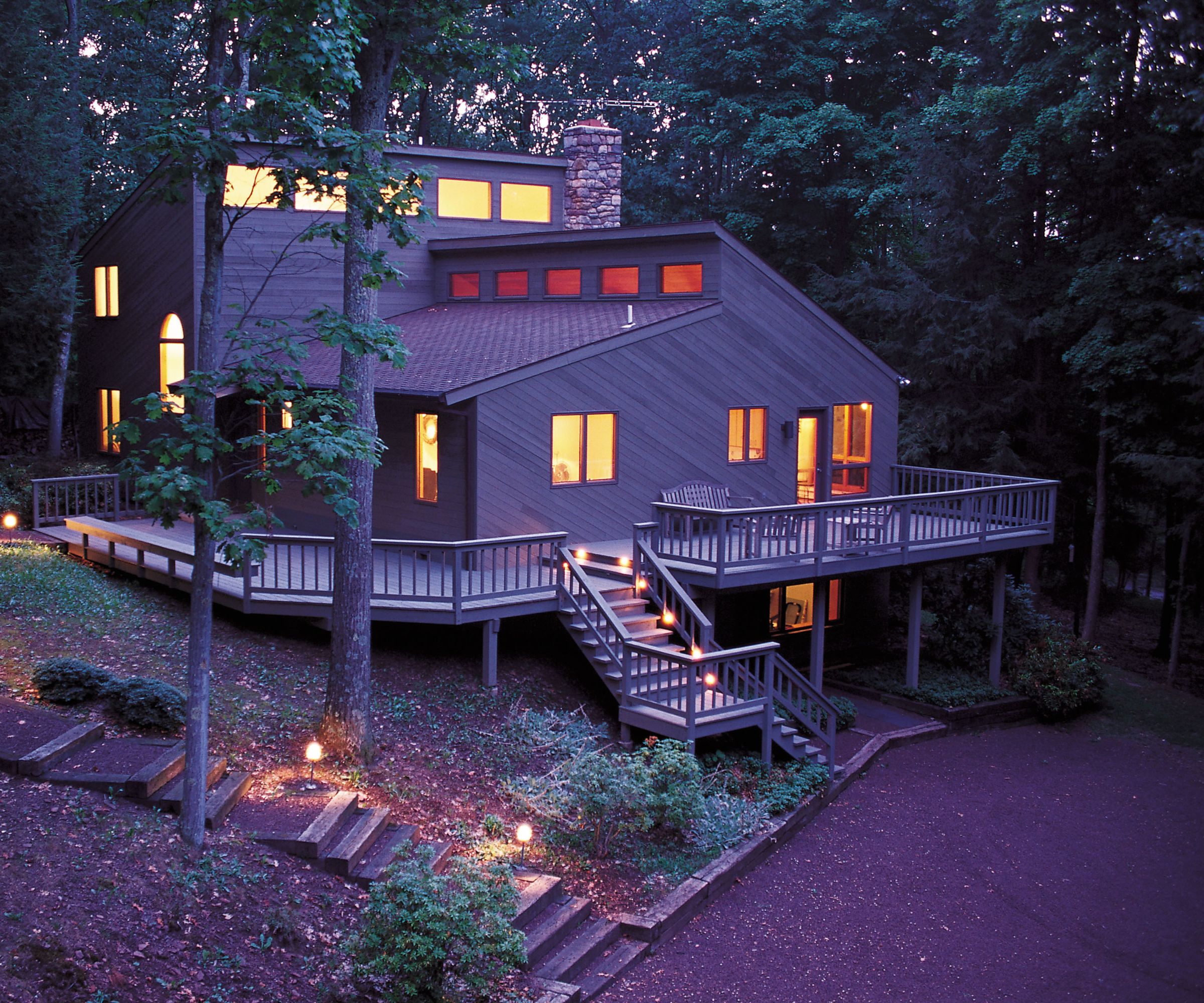
However, above all, put safety first. Joe Ciszek emphasized that 'Lighting isn’t just for ambiance; it should improve visibility and safety, especially around stairs, railings, and pathways.'
This isn't just a health-and-safety warning, either; lots of municipalities have laws about exterior lighting. Joe explains: 'There are brightness requirements for stairs, so your installer should check local codes. At a minimum, it is required to illuminate stairs at night either with switch controls or with a dusk-to-dawn controller. Also, make sure your lighting is approved for outdoor use, weather-resistant, and suited to the environmental conditions of your location.'
However, bear in mind that a lot of this advice only applies to decking. For path lighting or uplighting a tree, you need much brighter, whiter lights, even if you're using warmer lights on the deck.
Sign up to the Homes & Gardens newsletter
Design expertise in your inbox – from inspiring decorating ideas and beautiful celebrity homes to practical gardening advice and shopping round-ups.

As a gardens and lifestyle contributor, Alex makes sure readers find the right information to help them make the best purchase. Alex got his start in reviewing at the iconic Good Housekeeping Institute, testing a wide range of household products and appliances. He then moved to BBC Gardeners’ World Magazine, assessing gardening tools, machinery, and wildlife products.
-
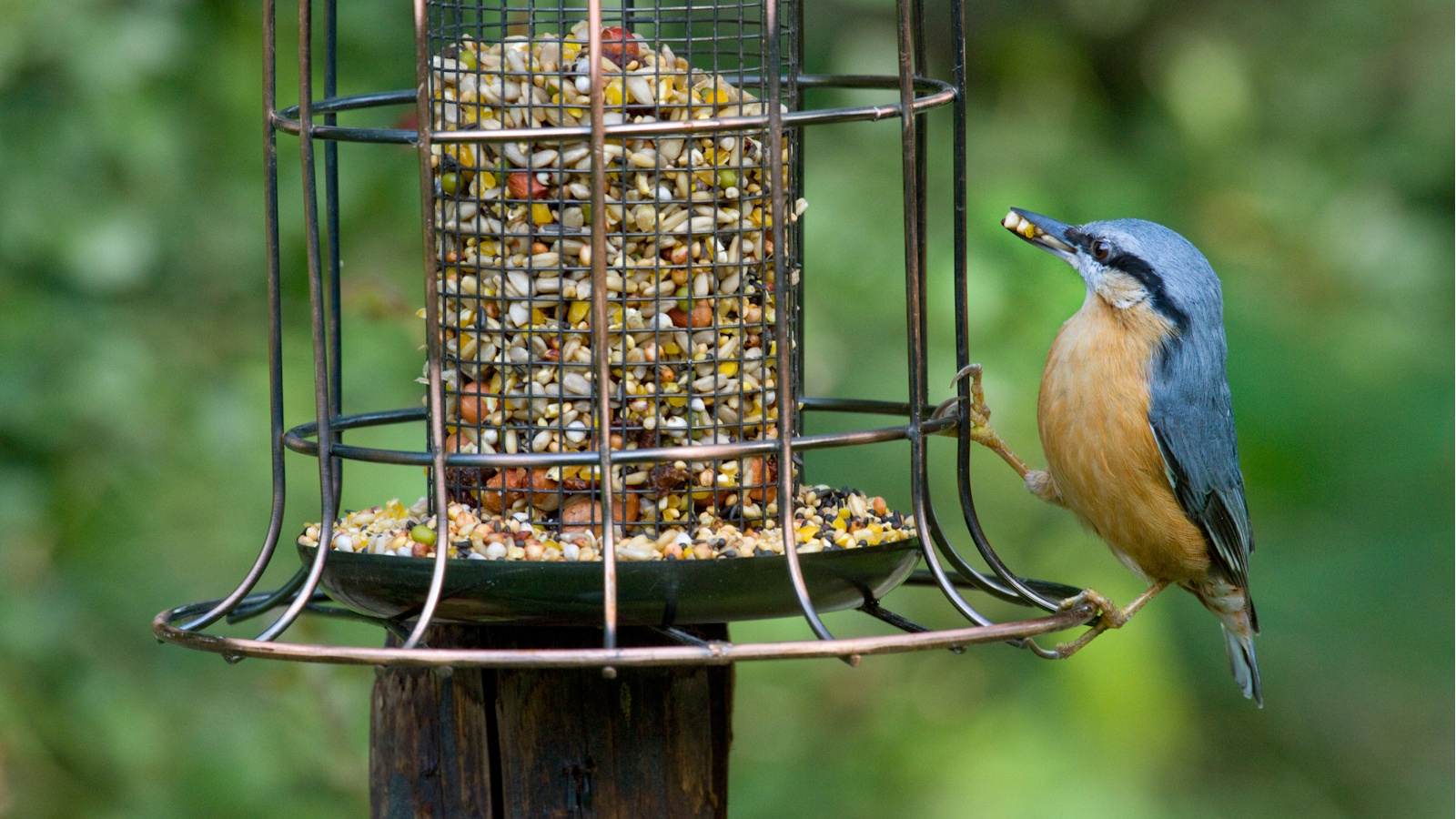 Gardeners are putting pasta in bird feeders this spring – but there is one important warning you need to know before following suit
Gardeners are putting pasta in bird feeders this spring – but there is one important warning you need to know before following suitCooked pasta can be a nutritious snack for birds, but serving it in the wrong way could cause them harm
By Tenielle Jordison
-
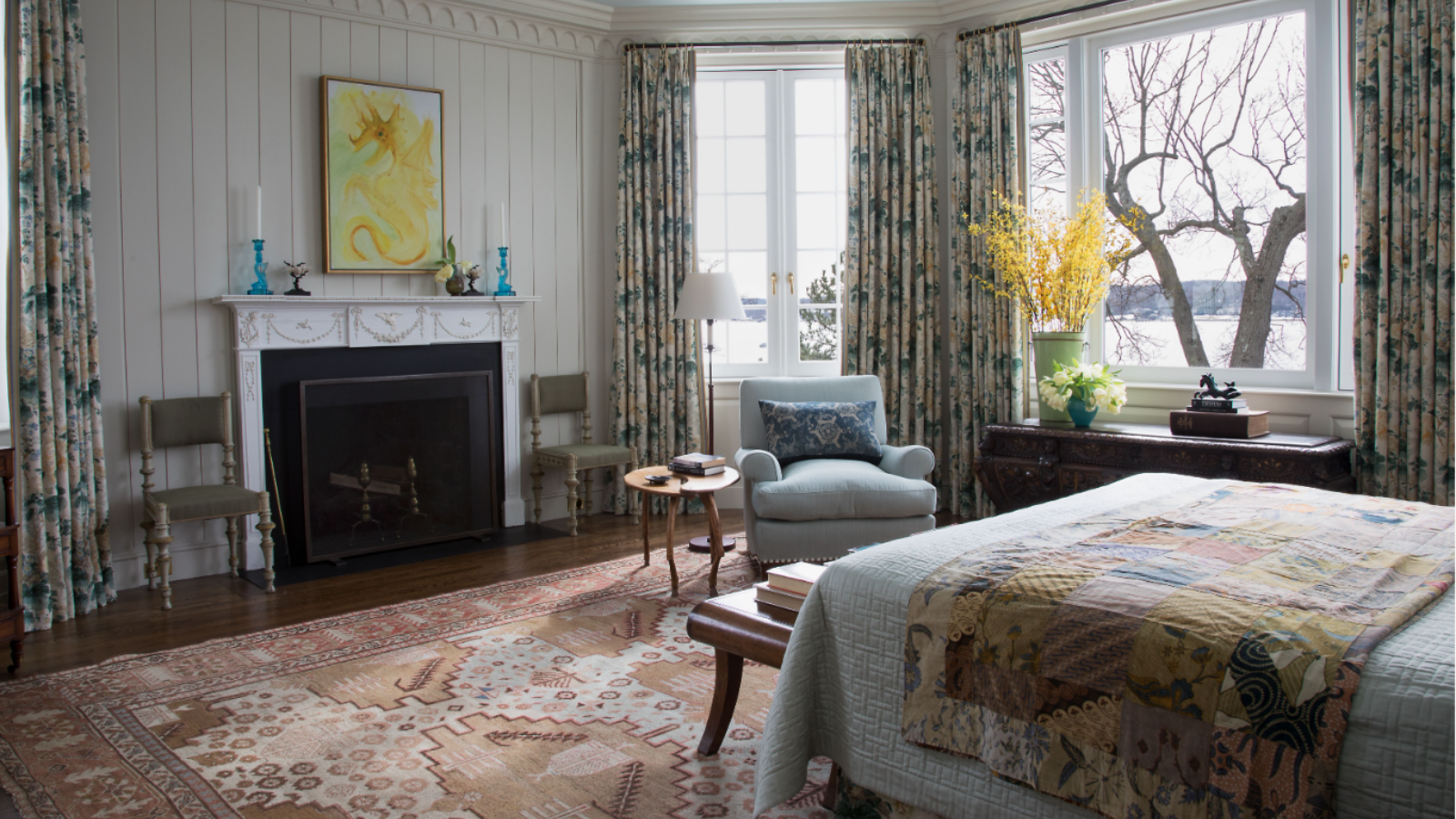 What is an estate sale? Everything you need to know about how they work and what to expect, whether you are holding one yourself or shopping second-hand gems
What is an estate sale? Everything you need to know about how they work and what to expect, whether you are holding one yourself or shopping second-hand gemsIt pays to know exactly what you are getting into when shopping at estate sales
By Ciéra Cree
